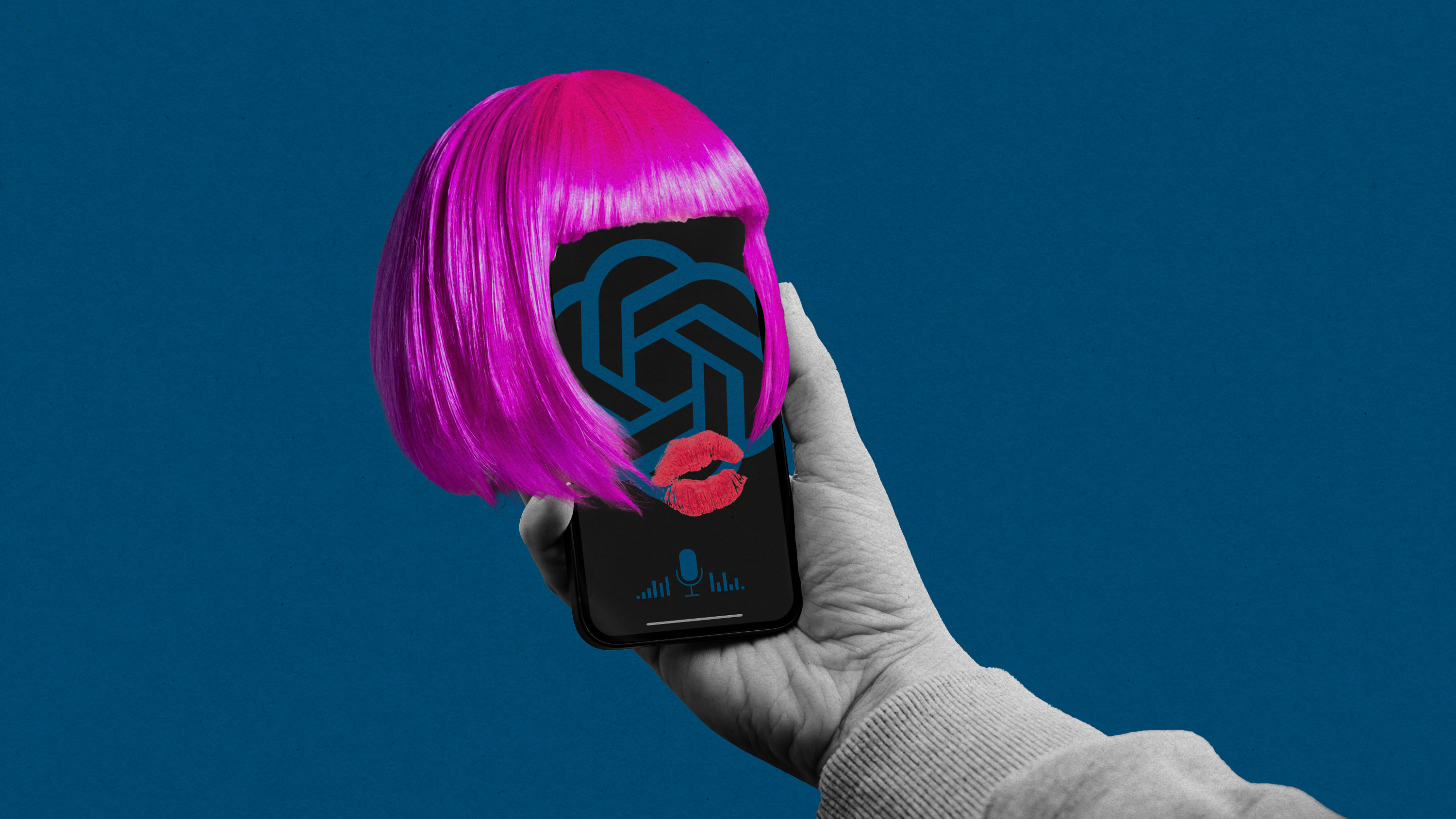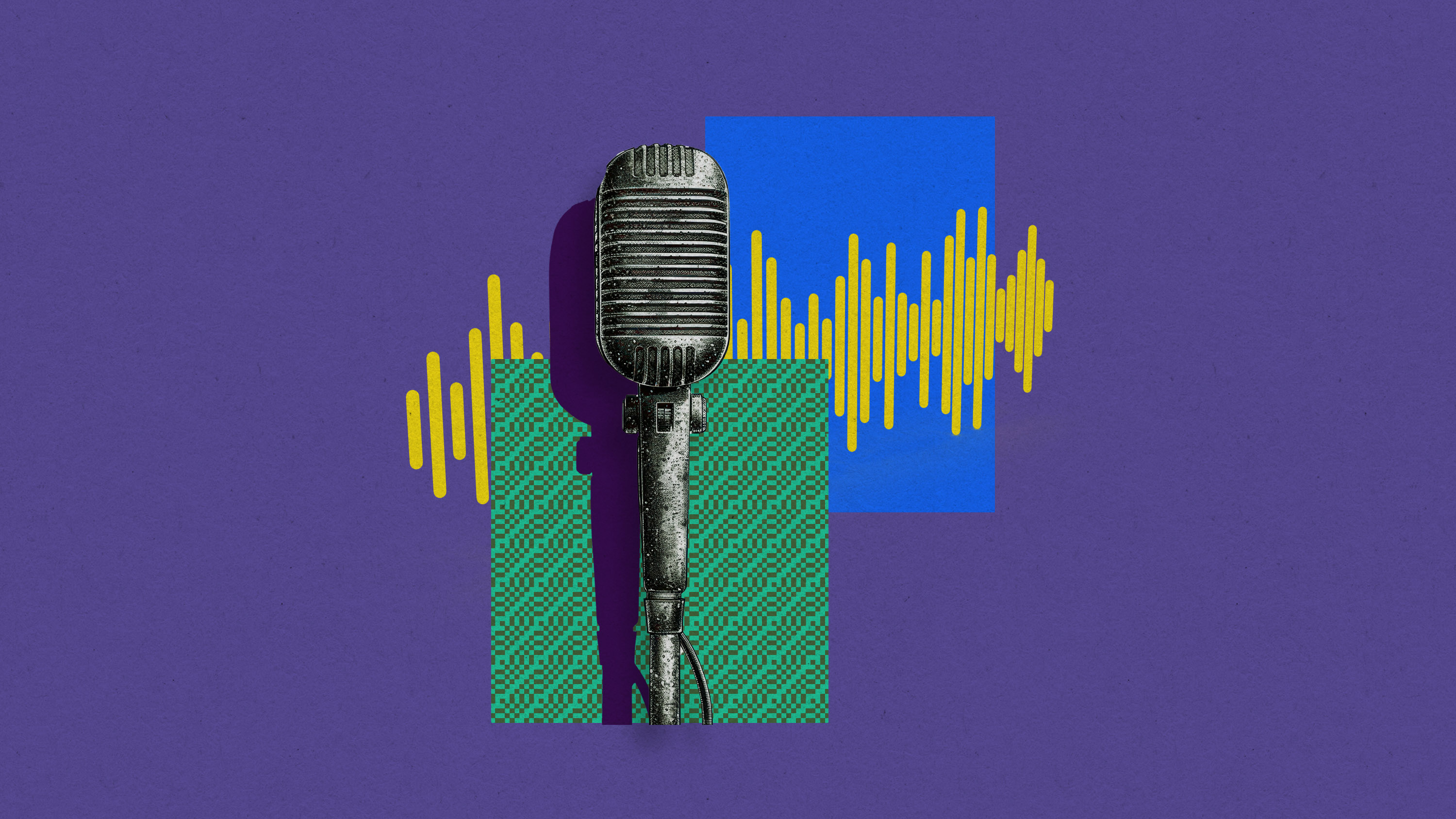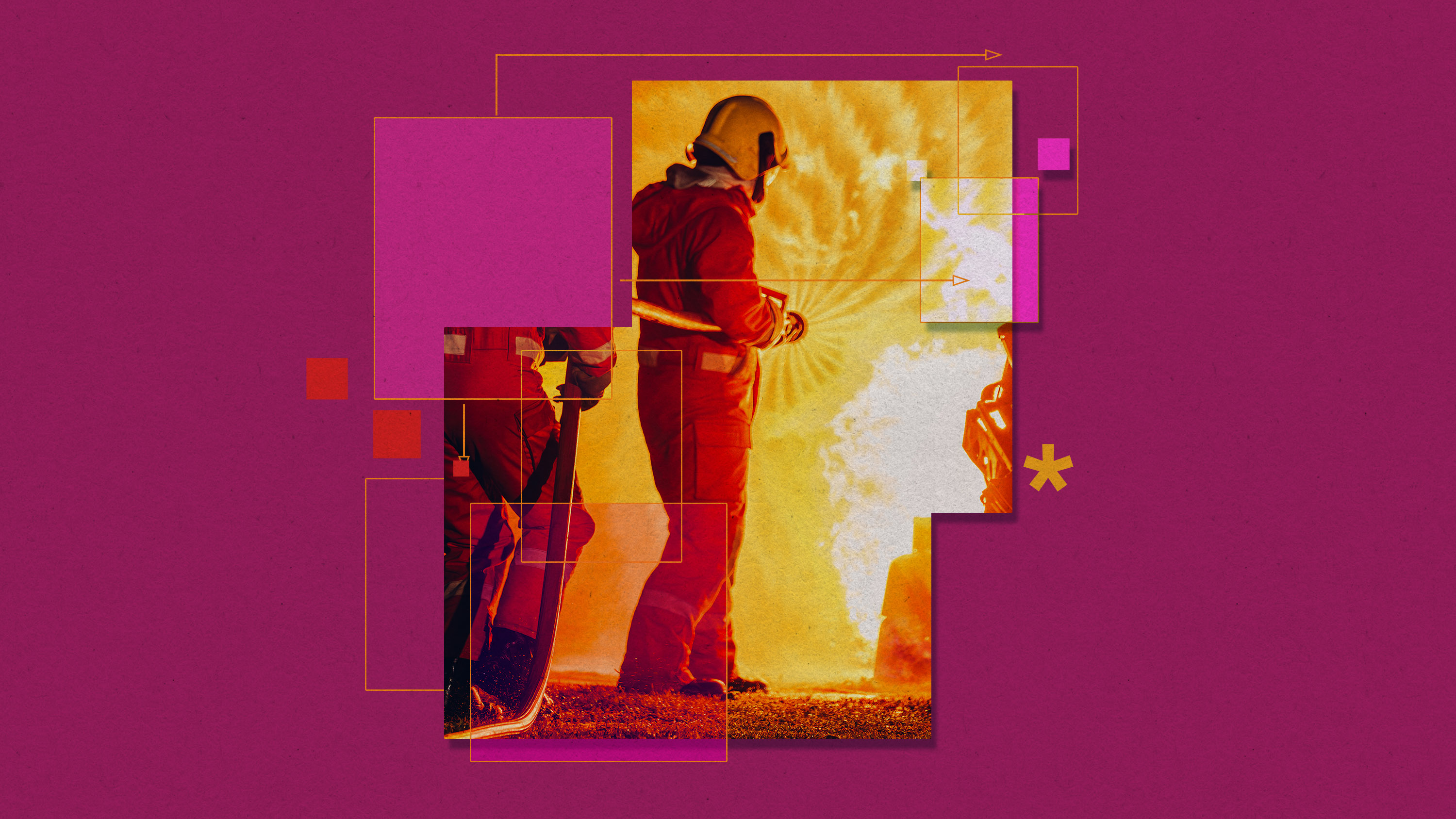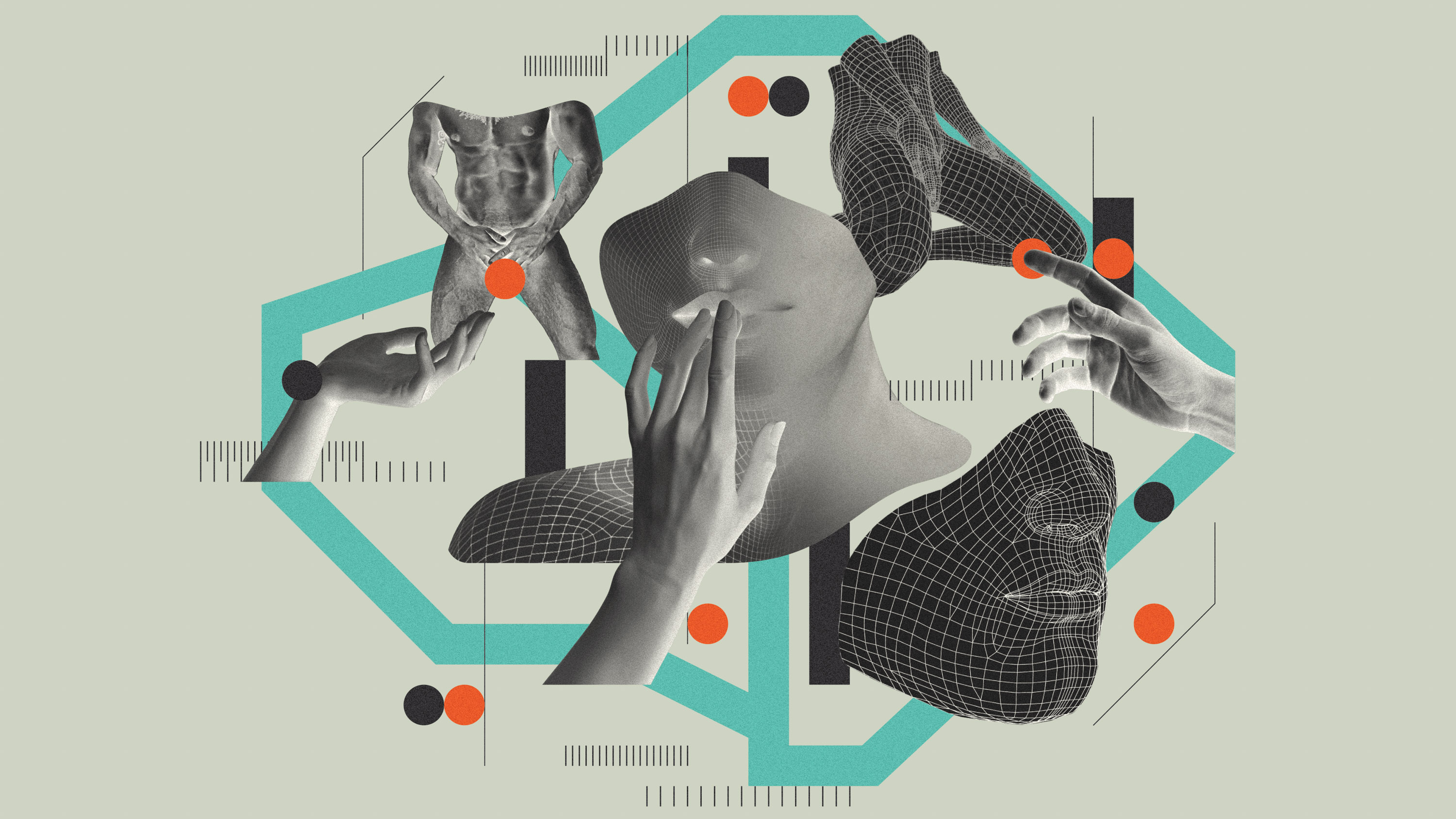AI for everything: 10 Breakthrough Technologies 2024
Generative AI tools like ChatGPT reached mass adoption in record time, and reset the course of an entire industry.

WHO
Google, Meta, Microsoft, OpenAI
WHEN
Now
When OpenAI launched a free web app called ChatGPT in November 2022, nobody knew what was coming. But that low-key release changed everything.
By January, ChatGPT had become the fastest-growing web app ever, offering anyone with a browser access to one of the most powerful neural networks ever built. We were dazzled and disturbed.
And that was only the start. In February, Microsoft and Google revealed rival plans to combine chatbots with search—plans that reimagined our daily interactions with the internet.
Early demos weren’t great. Microsoft’s Bing Chat went off the rails, quick to churn out nonsense. Google’s Bard was caught making a factual error in its promo pitch. But the genie wasn’t going back in its bottle, no matter how weird it was.
Microsoft and Google have since moved beyond search to put chatbot-based assistants into the hands of billions of people via their office software. The tech promises to summarize emails and meetings; draft reports and replies; generate whole slide decks—titles, bullet points, and pictures—in seconds.
Microsoft and Meta released image-making models that let users generate shareable images of anything with a click. Cue a nonstop stream of zany mash-ups—and dozens of posts about Mickey Mouse and SpongeBob SquarePants flying a plane into the Twin Towers.
Google’s new phones now use AI to let you edit photos to a degree never seen before, exchanging sad faces for happy ones and overcast afternoons for perfect sunsets.
Never has such radical new technology gone from experimental prototype to consumer product so fast and at such scale. What’s clear is that we haven’t even begun to make sense of it all, let alone reckon with its impact.
Is the shine coming off? Maybe. With each release, the astonishing becomes more mundane. But 2023’s legacy is clear: billions have now looked AI in the face. Now we need to figure out exactly what’s looking back.
Deep Dive
Artificial intelligence

Here’s how people are actually using AI
Something peculiar and slightly unexpected has happened: people have started forming relationships with AI systems.

People are using Google study software to make AI podcasts—and they’re weird and amazing
NotebookLM is a surprise hit. Here are some of the ways people are using it.

A new public database lists all the ways AI could go wrong
Its creators hope their work could lead to further research to determine which risks to take more seriously.
Stay connected
Get the latest updates from
MIT Technology Review
Discover special offers, top stories, upcoming events, and more.
